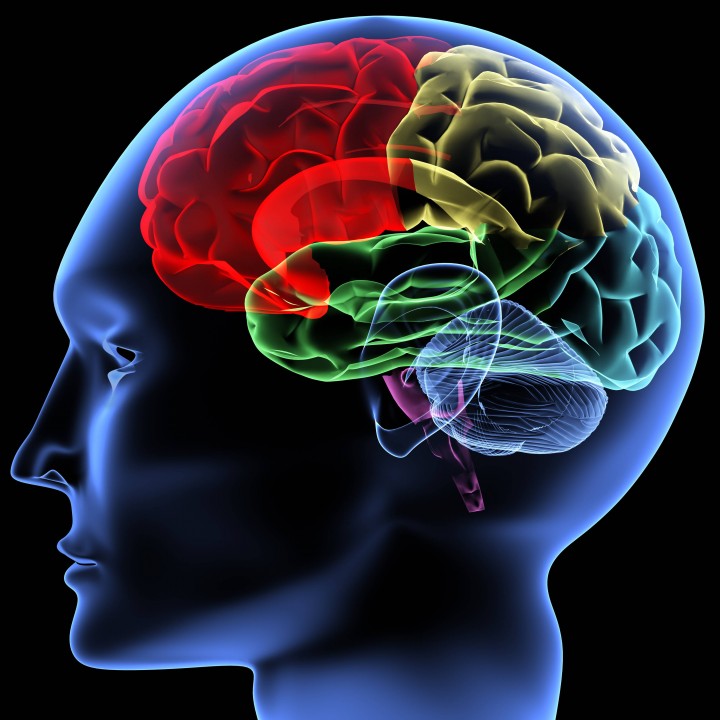The diagnosis of Attention Deficit Hyperactivity Disorder (ADHD) in children and teenagers in the United States has surged by 43 per cent since 2003, according to a new analysis.

Overall, 12 per cent of U.S. children and teenagers have received a diagnosis of ADHD, a number that has jumped by 43 per cent since 2003, according to a large national study based on parental reports of an ADHD diagnosis.
Researchers found a “surprising increase” in the ADHD cases among girls.
READ MORE: ADHD medication and Health Canada’s warning of suicidality
“We found the parent-reported prevalence for girls diagnosed with ADHD rose from 4.3 per cent in 2003 to 7.3 per cent in 2011. That’s an increase of 55 per cent over an eight year period,” said Sean D. Cleary, an associate professor of epidemiology and biostatistics at Milken Institute School of Public Health, at the George Washington University. “Traditionally, boys have been more likely to get a diagnosis of ADHD.”
The report said that 5.8 million U.S. children ages 5 to 17 now have this diagnosis, which can cause inattention and behavioural difficulties, said Cleary.
“Parents should be made aware of the findings in case they have a child or teenager that should be evaluated for the disorder, which can persist into adulthood,” said Cleary.
ADHD is the most commonly diagnosed mental disorder among children in the U.S. and in Canada.
- ‘She gets to be 10’: Ontario child’s heart donated to girl the same age
- Bird flu risk to humans an ‘enormous concern,’ WHO says. Here’s what to know
- Buzz kill? Gen Z less interested in coffee than older Canadians, survey shows
- Shoppers faces proposed class action over claims company is ‘abusive’ to pharmacists
Why the increase?
This study was not designed to look at the underlying reasons for such changes in prevalence, Cleary said. The reported increase in the diagnosis could be a true increase in the number of ADHD diagnoses or it could be the result of a tendency to over-diagnose the condition. Additional research will need to be done to find out why there has been a rise in the diagnosis, with special attention being paid to certain groups, Cleary said.
According to not-for-profit advocacy group the Centre for ADHD Awareness, Canada (CADDAC), ADHD is a “genuine neurobiological disorder”, that occurs in 5 to 12 per cent of school age children world wide, as well, ADHD is the most common mental health disorder in children.
“ADHD is a mental illness, one of the most common – and most commonly misunderstood – in Canada. The disorder impacts one to two children in every Canadian classroom and one out of every twenty-five employees. Contrary to popular belief, ADHD is not a benign disorder with consequences that children eventually outgrow. Left untreated, children with ADHD are at higher risk for lower levels of academic achievement, grade repetition, placement in special education, and dropping out of highschool. In addition, they grow up to experience more mental illnesses and health care issues, including higher rates of addiction, anxiety, depression, and smoking, all of which have significant socioeconomic impacts,” said CADDAC in a statement.
The U.S. report, published in the Journal of Clinical Psychiatry, was based on data by the Maternal and Child Health Bureau and the National Center for Health Statistics of the U.S. Centers for Disease Control and Prevention in a National Children’s Survey from 2003-2011. Cleary and his co-author Kevin Collins of Mathematica Policy Research mined the data looking for trends in parent-reported prevalence of ADHD.





Comments